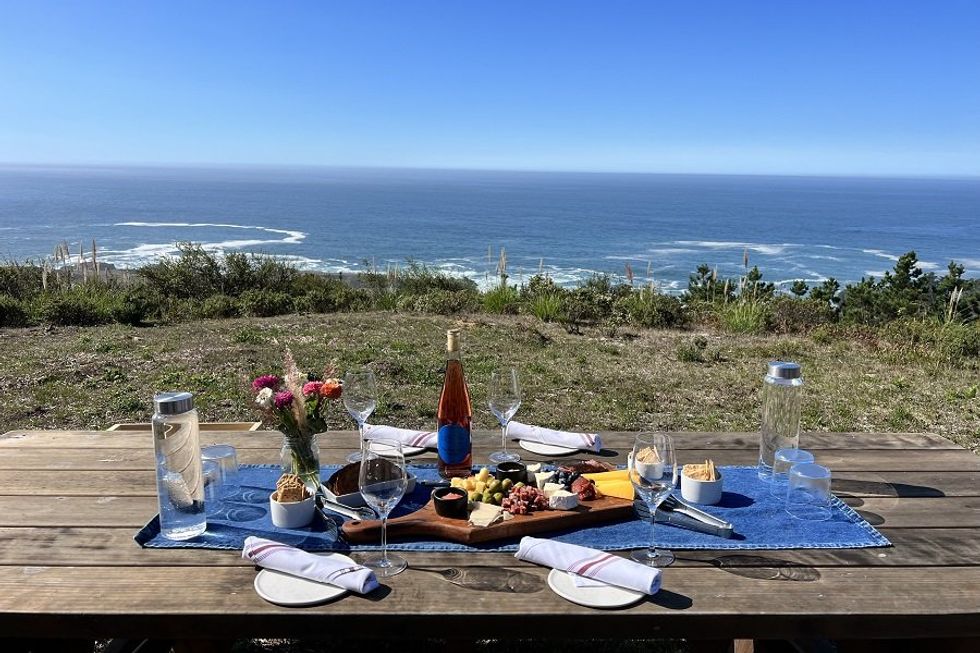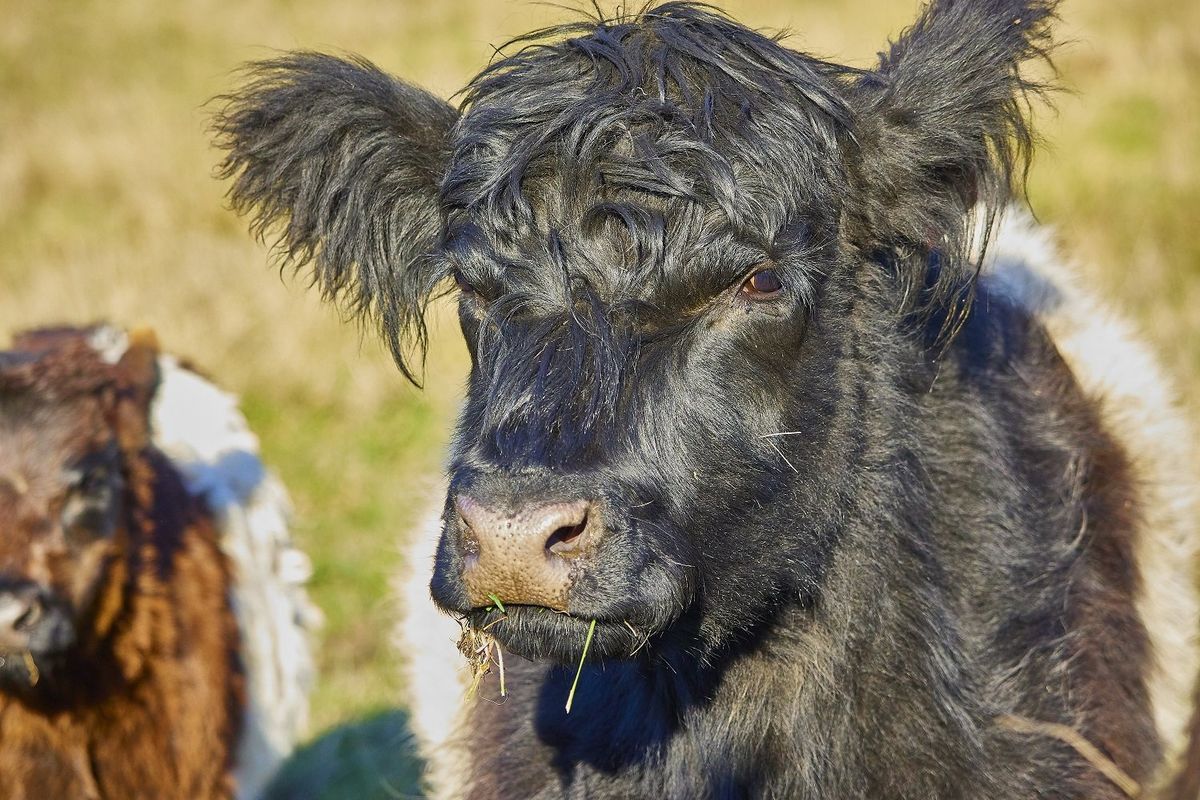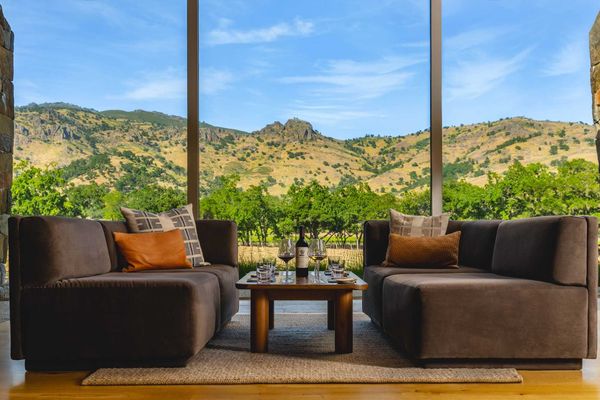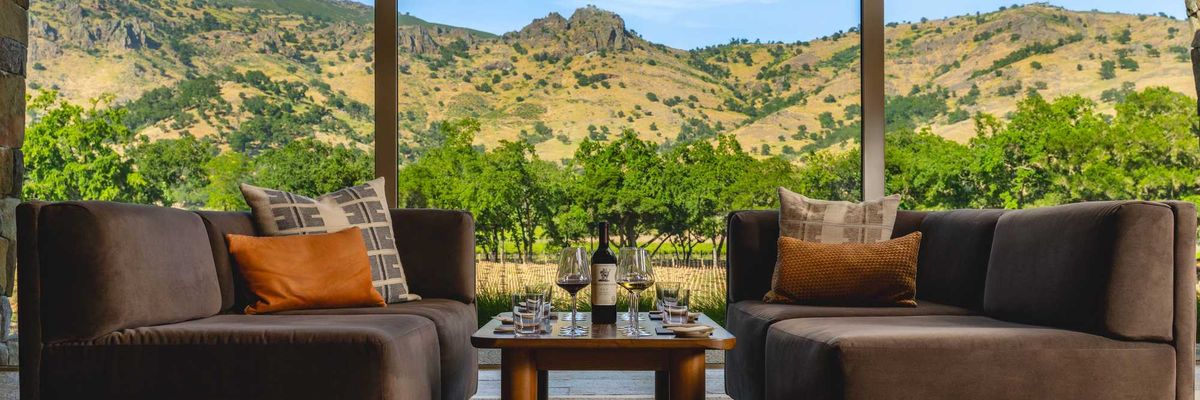A couple years back, when the pandemic was still shuddering through the state, The Sea Ranch Lodge struck a deal—just not the one they’d intended.
The beloved Mendonoma hotel hoped to lease 239 acres on Sea Ranch’s south side to expand its recreation opportunities for visiting guests. But the land, which had spent more than half a century as pasture for a local ranching family, came with a caveat or, more accurately, seven of them.
“They said we will lease you the land but you have to take the cows and the ranch,” says David Hillmer, general contractor at The Sea Ranch. Knowing nothing about ranching, or cows, or ranching cows, they did the most logical thing they could think of: They got a book on cows, and slowly the vision for the property started to change.
Last month, The Sea Ranch Lodge officially debuted The Farm, an oceanside laboratory for regenerative farming practices. The grass-fed beef, eggs, honey, and produce grown on the land will soon provide the lion's share of the food consumed at the hotel; and the food waste generated at the hotel will be invested back into the land.
After doubling the size of their cattle herd with an infusion of Oreo cookie–striped belted Galloways, rugged hill country cows originating in the south of Scotland, The Farm added a flock of laying hens to the mix. By fall, they’ll be providing the 75 eggs per day the Lodge requires while living the cage-free good life on a diet of (chicken-free) scraps from the kitchen.
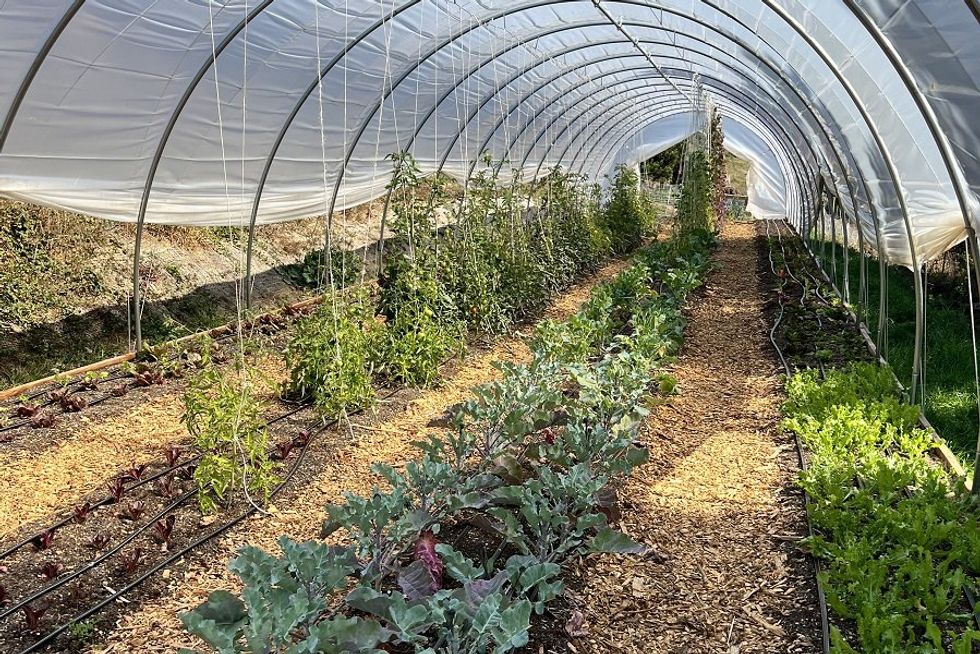
The waste the birds produce is scooped out regularly and added to the compost that nourishes The Farm’s vegetable garden. In average Northern California conditions, growing produce is an exercise in abundance. But Sea Ranch is anything but average.
“The coast is either foggy, windy, or dumping rain,” says Hillmer. “We tried, I don’t know, 70 crops? There’s about four different crops that will withstand the wind.” Last July they added a caterpillar lodge greenhouse for some more delicate varietals and, in 2024, the majority of the salad greens, tomatoes, kale, carrots, radishes, fava beans, and potatoes served at the Lodge will be tilled from the soil next door.
Mushrooms were their own kind of challenge. While Sea Ranch guests are treated to foraged local mushrooms when they’re available, the less than reliable supply does not a menu make. Since cultivating mushrooms is typically done in a very sterile environment with strict scientific standards, growing them seemed almost an impossible task for the little farm on the bluff until Hillmer came across a group of UK fungi farmers successfully producing oyster mushrooms in a semi-sterile environment. Their method—which involves making a substrate from used coffee grounds from the Lodge—worked beautifully at Sea Ranch, too.
“We doubled down on our mushroom production and we’re now producing around 35 pounds a week,” says Hillmer. “Of all our programs, this is the one that actually supplies all of the Lodge’s needs. They actually have more mushroom dishes now than they did before.”
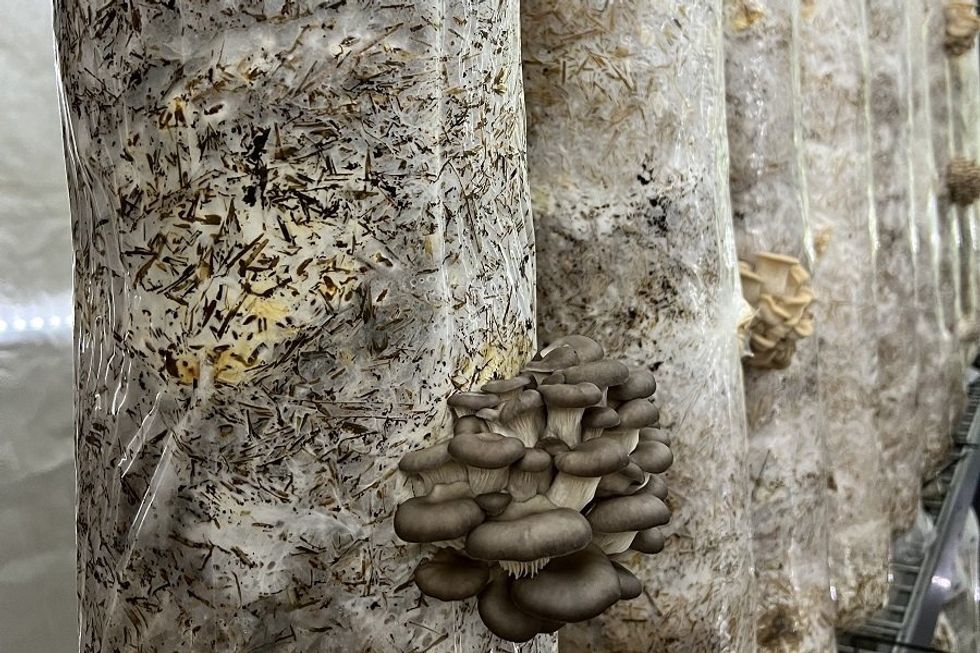
Bees, too, are thriving at The Farm, despite the intense winds they feared might blow them all away. The Lodge’s first two hives produced more than four times the honey expected, so much that their pastry chef developed two popular new desserts around the golden syrup, an almond honey cake baked in a beehive-shaped dish, and a honey almond brittle ice cream. This year they’ll add two additional hives of pollinators to the colony.
While not every experiment has been successful—their small herd of sheep, along with most of the flocks along the coast, was completely decimated by predators—The Farm has fared better in harsh conditions than anyone expected, all without the use of insecticides, pesticides, or chemicals (cows are even fed a natural fly remedy of garlic salt instead of being sprayed with repellents). And they’re not done trying new strategies yet. Later this year, for example, The Farm will begin raising pigs on the land, rotating them regularly so they can help to clear brush and fertilize the soil without overloading it.
In the meantime, The Farm will be welcoming guests to tour its pastures, barn, and mushroom tents on Saturdays or to go for a hike along a new route they’ve built on a plateau overlooking the land this spring. “The views from there are spectacular, you feel like you’re at the edge of the world, there’s nothing but horizon in front of you,” says Kristina Jetton, general manager at The Sea Ranch Lodge. They’ll also be packing up gourmet picnics to enjoy along with the farmside vistas, and are testing out a birding experience with a local expert this month.
So far, guests' response to The Farm has been so overwhelmingly positive that eventually they may even get to help out with gardening. “What people enjoy about The Farm is that it’s a working farm, you’re actually seeing how things are done,” says Jetton. “They establish this sort of instant connection with it”—one more thing to fall in love with at the iconic Sea Ranch Lodge.
// 60 Sea Walk Dr. (Sea Ranch), thesearanchlodge.com
